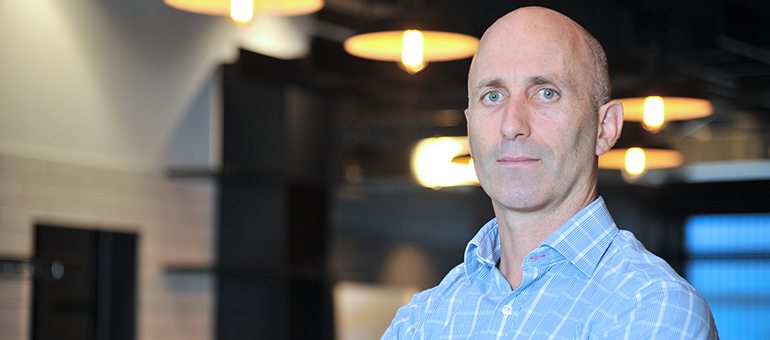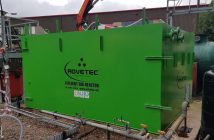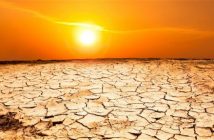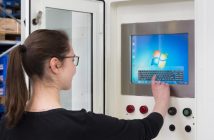New Zealand’s skills in advanced spatial technology and geographic intelligence has underpinned much of the response to the recent 7.8 earthquake, NZTech chief executive Graeme Muller says.
“When the earthquake hit the South Island, spatial experts across the tech sector and government were able to quickly assign four satellites over the area, remap and identify areas of critical needs and help coordinate and assign emergency responses across the top of the South Island,” he explains.
“These Kiwi experts were even able to map key areas across Wellington down to the detail allowing traffic redirection around at risk buildings.”
Ironically, the spatial tech industry’s recent annual awards recognised the best of Kiwi talent in a sector that is creating a fast growth export business, with ThunderMaps winning the export award for providing critical mapping services for cities right across Europe.
A Wellington-based specialist GIS app provider focusing on world-leading app solutions to provide a safer world for engaged and informed cities in 11 countries, ThunderMaps has seen record traffic to its global database of more than six million dangerous locations since the quake.
“Geospatial technology is playing a key role again in supporting government agencies and the local authorities in the Canterbury and Wellington region respond to and manage the current earthquake crisis,” Muller says.
Eagle Technology, for example, moved quickly alongside the New Zealand Defence Force and Land Information New Zealand to task the global satellite company Digital Globe to acquire imagery over the affected transport routes.
“This multi-band satellite imagery is now flowing into agencies and has already helped identify the exact location and extent of damaged infrastructure,” Muller explains. “The imagery acquired in the days immediately following the November 14 earthquake provided a complete overview of the entire affected area.”
Eagle Technology, Environment Canterbury and others have helped the Ministry of Civil Defence and Emergency Management and their associated regional offices develop situational awareness maps, 3D scenes, site maps and building inspection applications to gather and distribute critical information to stakeholders.
Elsewhere, Christchurch surveyors Eliot Sinclair used drones to survey and produce 3D models of landslides near Rotherham and a slip near Waiau for the Hurunui District Council, while fellow Christchurch firm Fox and Associates was also contracted to use drones to survey the main Rotherham slip.
Muller says technology in spatial intelligence, artificial intelligence, digital biology, energy, autonomous vehicles, healthcare and education are undergoing a “massive disruption” and the future prosperity as a nation depends on local experts’ ability to understand and adapt fast. “It’s crucial the New Zealand education system evolves faster to meet the demands of a rapidly growing tech sector and the growth of these incredibly disruptive technologies.




